Under normal conditions, Nooriro was paradise for the Maasai, with plenty of rain, grass, and healthy cows. Like most Maasai communities, it doesn’t exist on a conventional map. It’s located in a valley between two mountains which, after the rainy season, turns into a reservoir.
However, these are not ideal times: there hasn’t been a rainy season in over two years. Many Maasai from Nooriro now live far away from home—the women up to twelve hours away, forced to sweat on other people’s land; the men hundreds of kilometers away in the direction of Chyulu Hills, where a little grass remains. Most people have lost all their cows due to the drought. Many bright children can’t go to school because their parents can’t afford the fees. There’s no food growing.
We found out about Nooriro’s water shortage when our co-founder, Maasai elder Joseph Larasha, was with his herd in search of pasture near Nooriro last year. He met community members who shared how the drought has been hurting them. We decided we needed to help. Nooriro is now WILK’s most western program—the first in Kajiado Central (all the others have been in Kajiado South), so we’re in the process of breaking ground, literally and figuratively, in new territories with new groups.

The Digging Days
In partnership with Paul, a longtime donor and friend, the Pike Creek Lions Club, the Lions Club of Greater Nairobi, and the Lions Club International Foundation, we planned a borehole project that we hoped would bring the Maasai back to Nooriro.
Our hydrogeological survey team estimated that we would hit substantial water at 220 meters, so when we started digging we had high hopes. The entire community gathered to sing, dance, and pray for water. Dirt then dust flew out. After several hours, and about 140 meters of drilling, there was no sign of water.
Not until nightfall did the wet sand show itself. It was a huge moment of celebration and relief, and our friend Paul, who was in Nairobi for the Lions Worldwide Week of Service in Sight and Lions Day with the United Nations, was there to see it. However, we couldn’t drill anymore until daybreak.
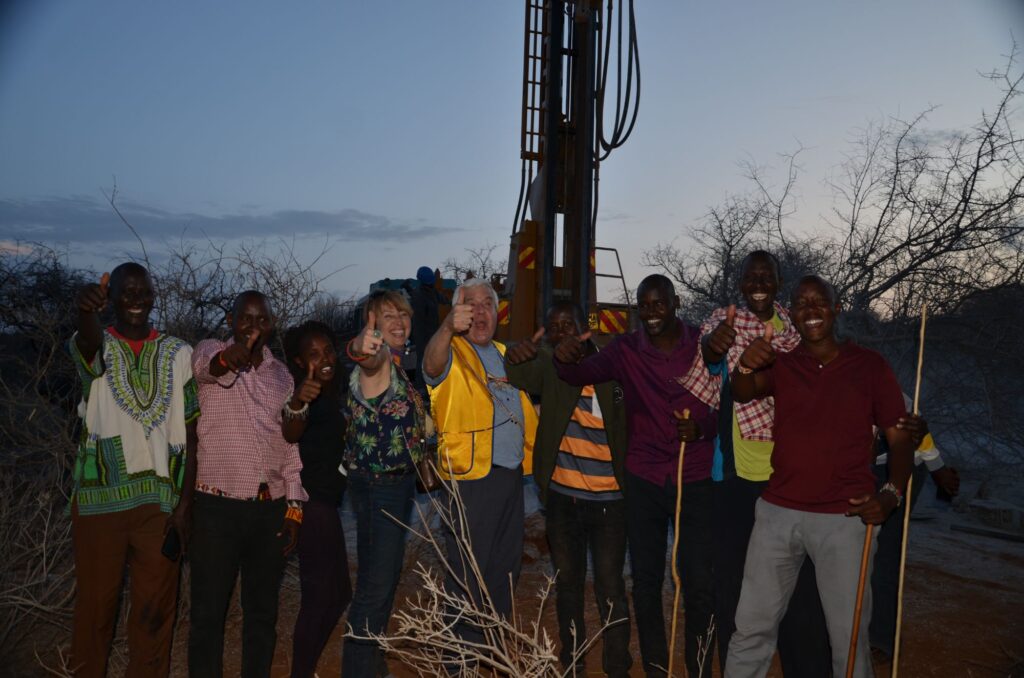
The next day, the waiting continued. When the drill reached 220 meters, we tried cleaning the borehole. Still no water. Our team contacted the geologist and had a long conversation about whether we should continue. Based on the rock samples we showed him, he suggested we had reached the top of the water table and only about 30 meters more would produce water.
On the third day, at about 238 meters, we finally tapped into the aquifer—and water gushed out. We had to keep drilling, though, because a borehole needs adequate pressure to bring the water to the surface with regularity. We finally stopped at 260 meters, which means the Nooriro borehole is the second-deepest we’ve drilled.
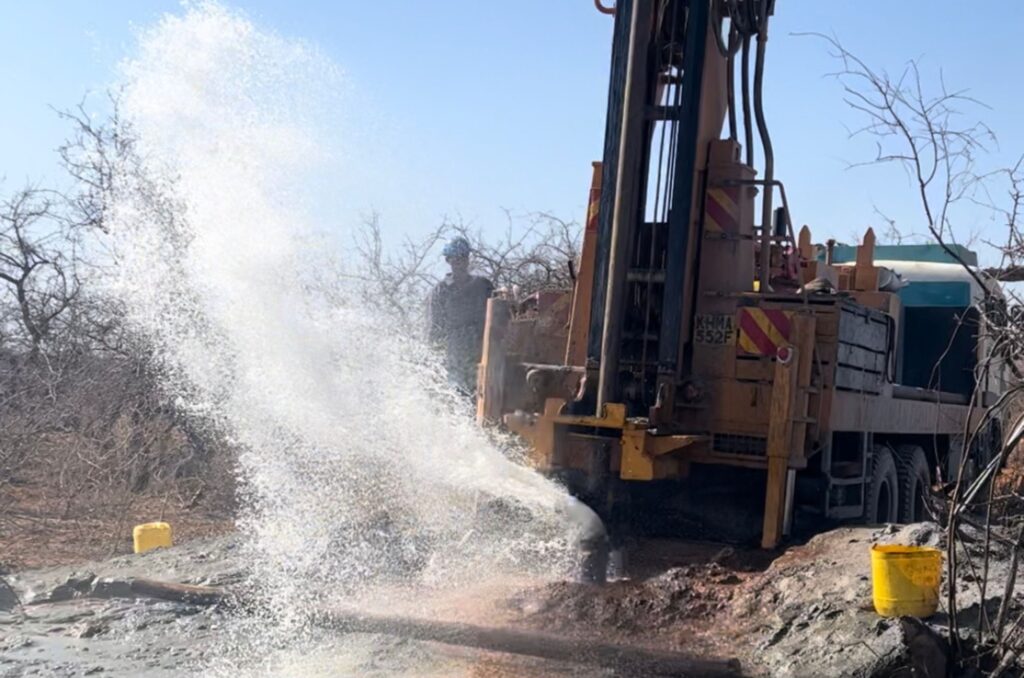
What Comes Next
We still have tests to run. We first have to be sure that the Nooriro borehole will produce drinkable water. Once that happens, we’ll build a concrete tank and, hopefully, pipe the water into the village.
More importantly, we have hope for the Nooriro Maasai. With this borehole, their lives will change—for the better. Women won’t have to walk ten hours a day for water or leave the village because there’s no water to collect. Families can move back to their homeland. A village elder plans to donate his land to the community so that a school and a church can be built. In spite of the seemingly endless drought, people will have a chance to live on their ancestral homeland—the land they legally own a title to.
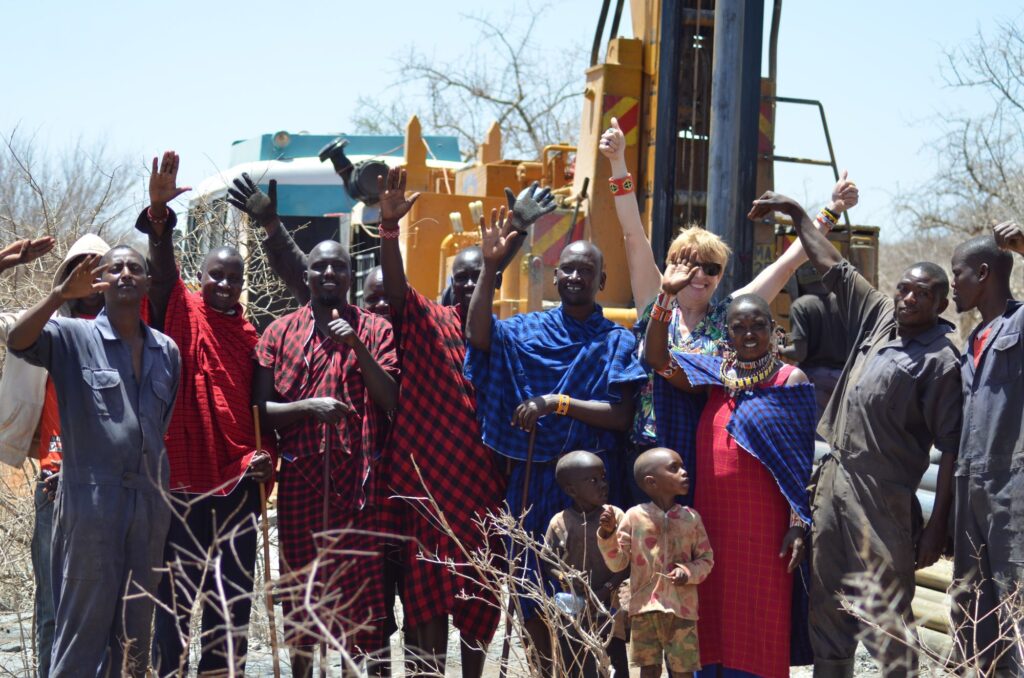
Finally, Hope
We at Water is Life Kenya have made it our mission to help as many Maasai in Kajiado County as we can. It’s a relatively small section of Kenya, but it has important history for the Maasai that deserves to remain intact. We can’t control the weather—life would be easier for everyone if we could make it rain!—but we can give the Maasai the best chance to live their lives fully. Thank you for helping us serve the Maasai in so many ways.
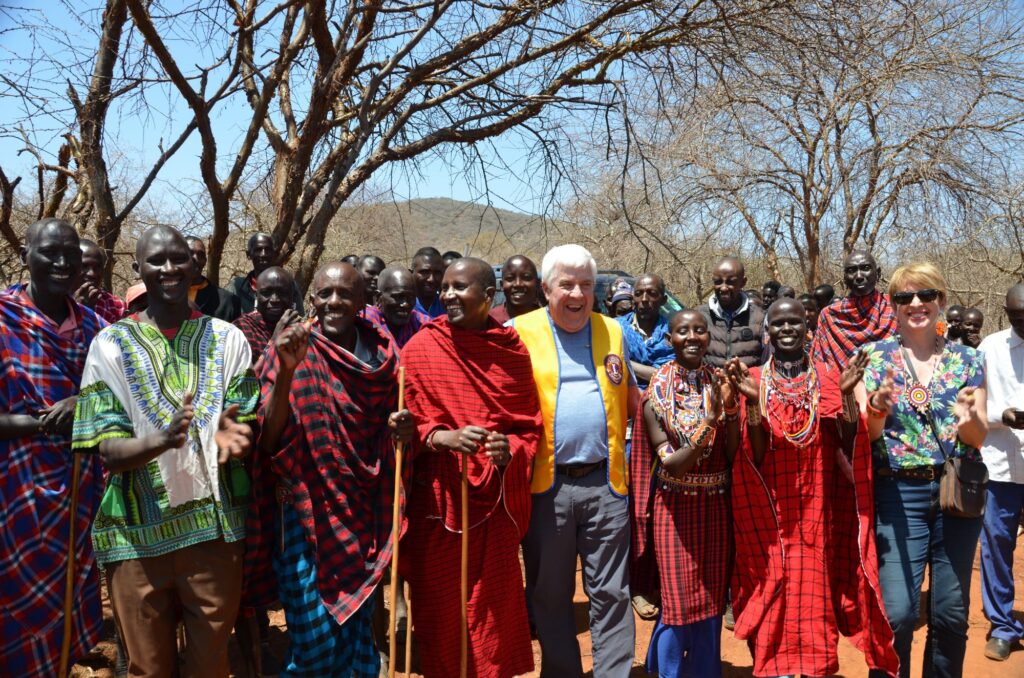
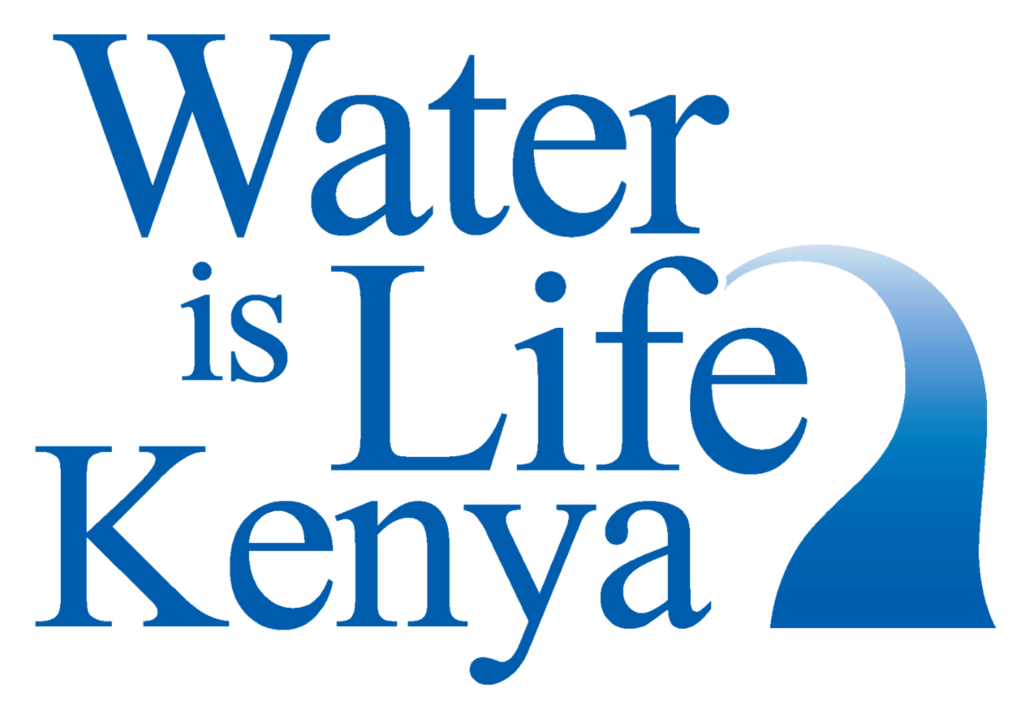

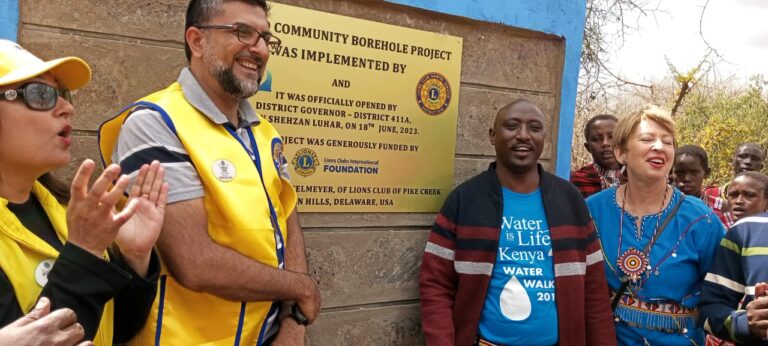
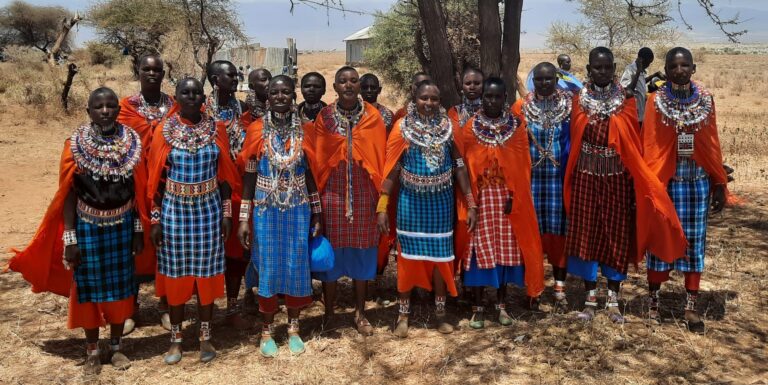
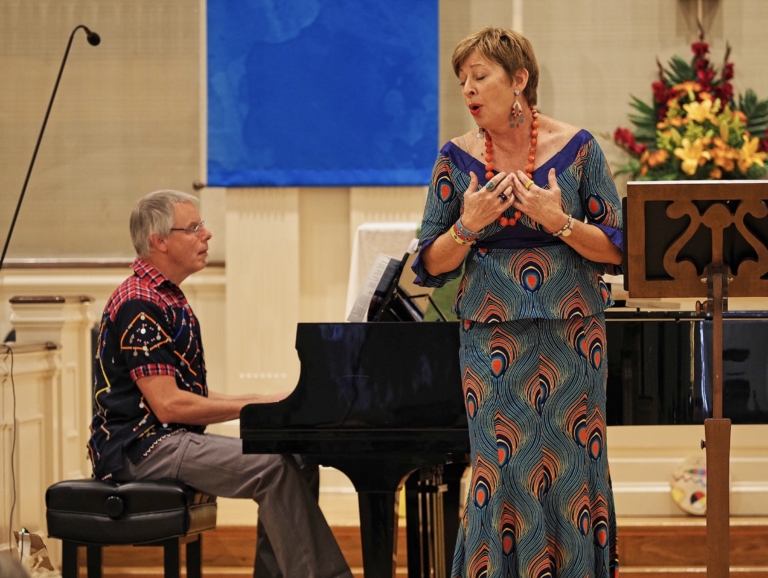

Pingback: A Tribute to Kenyan Mothers | Water is Life Kenya
Pingback: How Much Do Water Wells Cost? | Water is Life Kenya
Pingback: Nooriro's Borehole Opening Ceremony
Pingback: WILK Wednesday Mashup | Water is Life Kenya